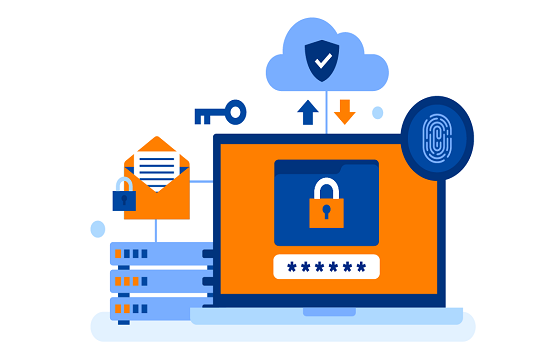Ensuring business productivity relies on having efficient computers. With this, organizations have to gather user experience metrics from all endpoints to monitor overall Endpoint detection response performance. Not needing admin rights, this solution collects data directly from each endpoint EDR, tracks application performance, and checks network speeds.
Best Practices To Optimize EDR Monitoring
These tools allow businesses to proactively stay on top of end-user IT issues, helping them improve their experience and productivity. Moreover, your IT team will better understand which devices need support and which endpoints EDR are currently at their peak performance.
However, to ensure that your business is implementing an optimized Endpoint Detection and Response performance monitoring, your IT team should do these best practices:
1. Do Not Exclude Any Type of Endpoint When Monitoring EDR Performance
Businesses should not become complacent if they have monitored the majority of their endpoints. For instance, if a company has 90% Windows devices, it must invest in Endpoint detection response performance monitoring tools that will work well for Windows machines.
However, they should not ignore the remaining 10% of endpoints EDR, which might be Linux or macOS. After all, each staff working for you has a significant impact on your productivity, operations, and sales.
2. Monitor Every Endpoint Connected To Your Network
Businesses must also ensure that every (Endpoint detection response) EDR performance is being monitored. Going back to the first point, you need to have monitoring tools for every type of endpoint in your organization. You have to check laptops, printers, tablets, iPad, PCs, and other Internet of Things connected to your network.
This practice allows you to enjoy an additional layer of confidence that all machines used to boost your business are optimized and are at almost 100% status. In addition, this helps determine which devices are adding value to your team and which machines are costing you more resources instead.

3. Get The Enterprise View
Monitoring the Endpoint detection response performance of every endpoint is one of the best practices that an organization can do. However, this process won't make any difference if you don't provide your IT team with an enterprise view and a close-up of any endpoints experiencing performance issues.
To make this possible, ensure that your organization also checks on all endpoints EDR under management. This allows transparent monitoring on both ends of the enterprise.
4. Make It End-user-friendly
Another technique is to deliver simple interfaces and processes to end-users. For instance, reporting endpoint EDR issues sometimes interrupts staff's work, causing them not to produce any output when troubleshooting on their device.
With this, organizations must make it easier for employees to report an EDR performance problem. In addition, businesses must develop a tool that enables their IT team to determine what is happening on the endpoint EDR without interrupting the employee's work.
Hence, a suitable endpoint EDR monitoring solution should allow your business to evaluate processes, memory usage, and other vital information without asking the staff to involve themselves in the process.
5. Record Locally, Troubleshoot Globally for EDR Performance
Many performance-monitoring solutions depend on intrusive investigation processes, which might have little to no access to data about endpoint EDR Performance activities. This pushes engineers to connect them to endpoints over the network, resulting in two significant shortcomings. First, it interrupts users. Second, it limits the data that engineers can access.
Organizations can record performance data locally to avoid this, allowing in-house engineers to investigate problems and find supporting data from their local data store. Through this practice, troubleshooting will be faster and more convenient for both end-users and experts working on the performance issue.
6. Power Up Your In-house Dev Team for EDR Performance
Organizations can also improve their EDR monitoring by helping the in-house development team troubleshoot the applications they're creating for the company. For starters, your IT operations team can provide the dev team with the data they have collected about endpoint EDR performance.
With required data accessible to the dev team, they can troubleshoot and create solutions to problems they couldn't detect.
Also, suppose they have live and historical performance data about processes, memory allocation, disk usage, and other vital metrics to measure the Endpoint Detection and Response performance. In that case, the in-house dev team can produce a platform that can enhance the endpoint monitoring process within the company.
Key Takeaways - (Endpoint Detection and Response)
Monitoring endpoint performance allows businesses to determine which devices they need to replace, work on, or improve. With this valuable information, organizations can boost their growth and scale their business faster because they have reliable endpoints to get the job done for them.
It also helps their staff become more productive and achieve more tasks, as experts no longer have to interrupt them when they need to troubleshoot a problem.
Want to ensure that devices used for your business are always at their peak performance? Contact Xcitium us for inquiries, or browse our website to learn more information. Get technical support to learn more about Endpoint Detection and Response Performance.





